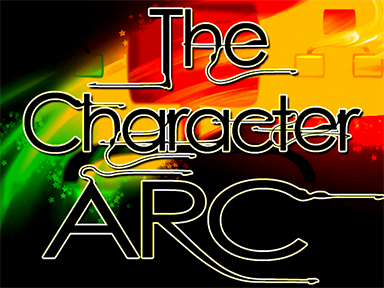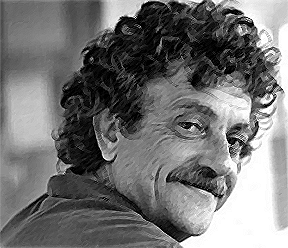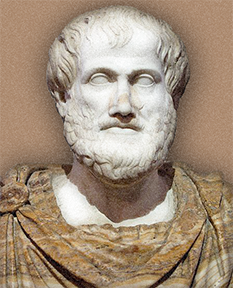 Put simply, the character arc is the journey of a character in a story from point A to point B. For example, a main character who is born in the opening and dies at the end is a basic character arc. That plotline is biographical, even when told backwards, such as in the movie, “The Curious Case of Benjamin Button” where the character’s arc traverses from death to birth. But the character arc goes deeper than that.
Put simply, the character arc is the journey of a character in a story from point A to point B. For example, a main character who is born in the opening and dies at the end is a basic character arc. That plotline is biographical, even when told backwards, such as in the movie, “The Curious Case of Benjamin Button” where the character’s arc traverses from death to birth. But the character arc goes deeper than that.
The arc of a character does more than simply mark time. It tells us who the character is. According to Kurt Vonnegut, one of the rules of good storytelling is, “Every character should want something, even if it is only a glass of water.”
The arc begins with a character in need. What he or she needs can be as infinitely variable as humanity itself. She could be a woman in a doomed marriage yearning for romance. He could be an out of work drifter looking for some purpose to his life. One of the greatest stories in history, “The Odyssey,” is based on one man’s desire to get home. Sometimes, the simplest arcs are the best.
Why Rely on a Character Arc?
 Kurt Vonnegut was an American writer whose works include Cat’s Cradle (1963), Slaughterhouse-Five (1969), and Breakfast of Champions (1973)
Kurt Vonnegut was an American writer whose works include Cat’s Cradle (1963), Slaughterhouse-Five (1969), and Breakfast of Champions (1973)
To answer a question with a question, why should anyone pay attention to your story? Another of Vonnegut’s story rules is, “Give the reader at least one character he or she can root for.”
We human beings are insatiably drawn to a good story. Why? Perhaps it’s a learning process, through another’s struggles we learn about our own? Perhaps it’s a desire to know we are not alone? Perhaps it is how we bond our societies together in empathy and the need is so primal that it escapes our conscious focus—we simply need it? Whatever the reason, Vonnegut was right. We want to cheer for somebody in every story. We want to join them in their struggle.
We want to experience the emotional rise and fall as they experience it. We want to see them succeed, or in some cases, depending on the goal and character, to fail.
A Character Arc Generates the Fire in the Belly of Your Story

Woody, a pull-string cowboy doll, from Toy Story (Walt Disney Pictures)
When you fulfill the need of your character you are also fulfilling the needs of your audience. With no arc the story is flat, and a flat story is like a casino where no wagers are placed. What is at stake? Where is the conflict? Some of the best arcs are the simplest. Who doesn’t love the film, “Toy Story“? Why? Because of Woody’s arc. Woody starts out the most beloved toy of Andy. Suddenly, a rival for Andy’s affection, Buzz Lightyear, enters the picture. Woody is tossed aside, literally. We can root for even an animated character. All of us have experienced such feelings of emotional danger.
How to Create a Character Arc

Aristotle, Greek philosopherThe Greeks argued over the basic elements of story. In tragedy, Aristotle pointed out the need for hamartia, a moral defect, or fatal flaw, that led to the protagonist’s ultimate doom. Oedipus sinned, though unknowingly, and because of that sin, his arc could only lead to disaster.
Human weakness is usually the spine of the character arc. The protagonist rises and conquers his or her weakness, or fails because of it. Guilt destroys the character, or she triumphantly overcomes it. Courage, or lack of it, has created many a great character arc. Every character arc is a journey, whether to success or failure is the makings of the story.



